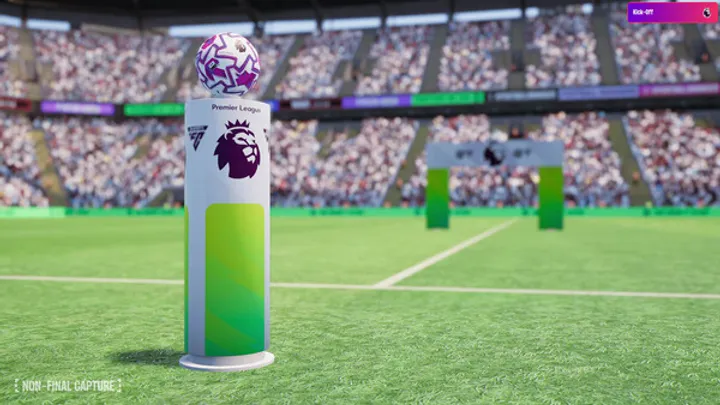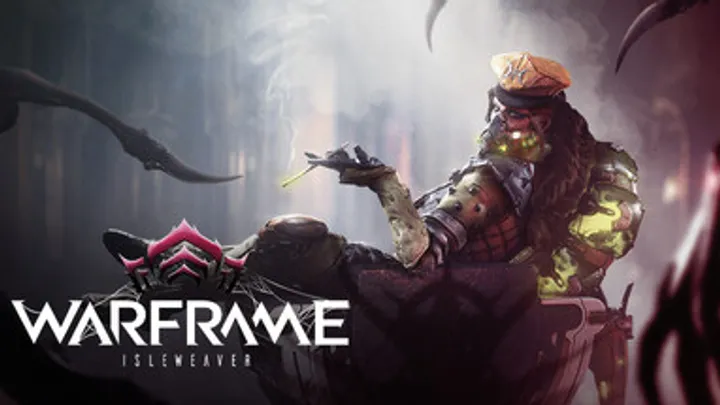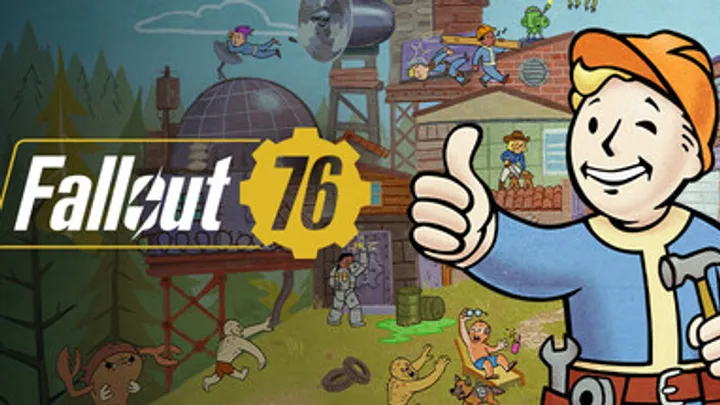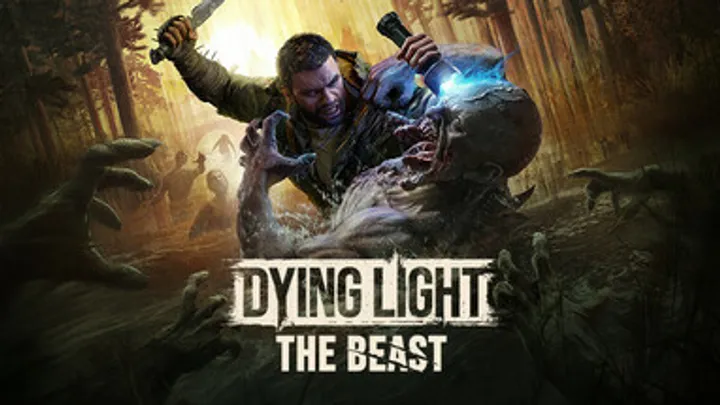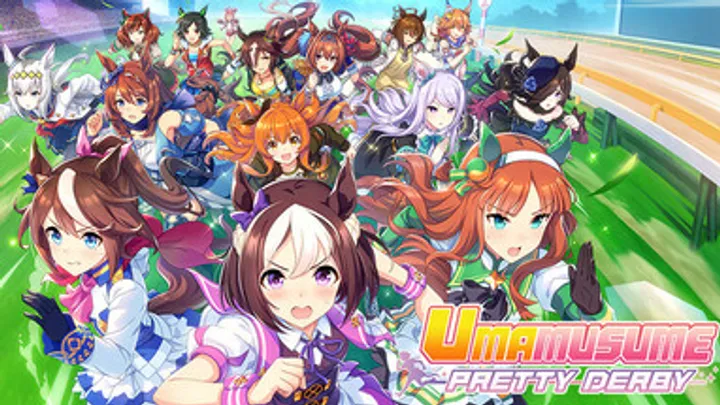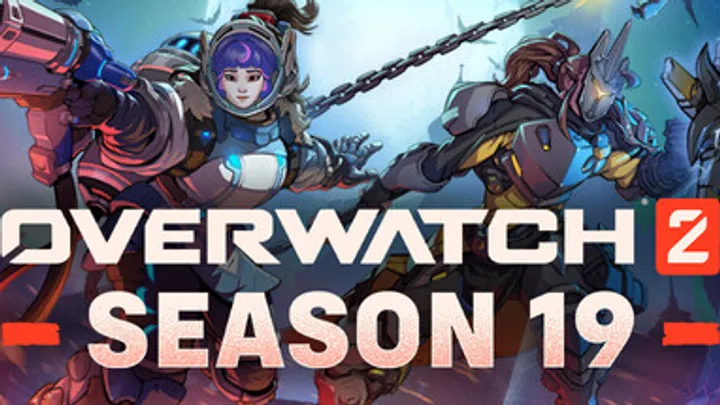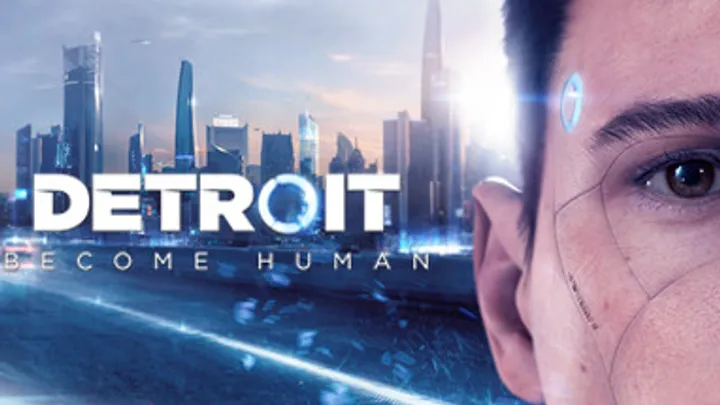Street Fighter 6 stands at a fascinating crossroads between tradition and innovation. It celebrates the iconic depth of the series while inviting newcomers through accessible systems like Modern Controls and the Drive Gauge. But beneath its glossy presentation and global popularity lies a core tension that defines every serious fighting game: the fight for balance.
Balancing a roster of over 20 characters — each with unique playstyles, frame data, and identity — is more than a technical task. It’s an ongoing dialogue between developer and community, precision and personality. This is the deeper conflict inside Street Fighter 6: not between Ryu and Ken, but between freedom and fairness.
The Legacy of Imbalance
Street Fighter’s history has always been marked by imbalance. Street Fighter II’s Sagat was infamous; Street Fighter IV’s Seth divided opinions. These uneven designs gave the franchise its flavor — but also its frustration.
Capcom approached Street Fighter 6 determined to rewrite that history. The goal wasn’t perfect symmetry but meaningful asymmetry: every fighter should feel distinct, yet viable.
However, balance in fighting games is never absolute. It’s a living, reactive ecosystem shaped by evolving strategies, updates, and even community perception.

Drive System: Freedom Meets Exploitation
The Drive System is the soul of Street Fighter 6. It offers unprecedented freedom — a shared resource that fuels parries, overdrives, cancels, and more. But freedom always has a cost.
Early tournaments showed how some characters, like Juri or Luke, exploit the Drive Gauge more efficiently than others. Their kits naturally synergize with meter economy, while slower characters like Zangief or Manon struggle.
The Drive System exposes the eternal trade-off: universal tools give flexibility, but they amplify existing disparities. It’s not the system that breaks balance — it’s how characters can bend it.
Modern Controls and the Skill Debate
Capcom’s introduction of Modern Controls divided the community. Simplified inputs allowed newcomers to perform combos easily — a revolutionary accessibility feature.
But veterans worried it diluted mastery. Some characters, like Guile or Chun-Li, benefited disproportionately from Modern setups, making execution-heavy players question fairness.
The debate isn’t about ease — it’s about identity. Street Fighter’s legacy thrives on precision and discipline. When shortcuts enter the ring, the meaning of “skill” itself becomes contested.
The Ken Problem
No discussion of Street Fighter 6 balance is complete without mentioning Ken Masters. His rise in early meta dominance was meteoric. Safe pressure, high damage, and corner control made him the go-to pick for competitive players.
Ken’s reign illustrates a paradox: popularity magnifies imbalance. When half the top players use the same fighter, perception becomes reality. Even minor buffs or nerfs ripple across tournaments, shaping how fair the game feels, not just how it performs.
Capcom’s updates gradually adjusted Ken’s toolkit, but the lesson remains — balance is not a patch; it’s a conversation.
Grapplers and the Struggle for Relevance
Every Street Fighter has its victims of design philosophy, and in Street Fighter 6, grapplers bear the brunt. Zangief, Lily, and Marisa symbolize the eternal struggle between risk and reward.
Their gameplay thrives on reads and momentum, yet modern systems reward mobility and safety. Drive Rush cancels favor quick midrange fighters; grapplers can’t keep up.
This imbalance is philosophical, not just numerical. It reflects the genre’s evolution toward speed and accessibility — leaving slower, commitment-heavy archetypes behind.
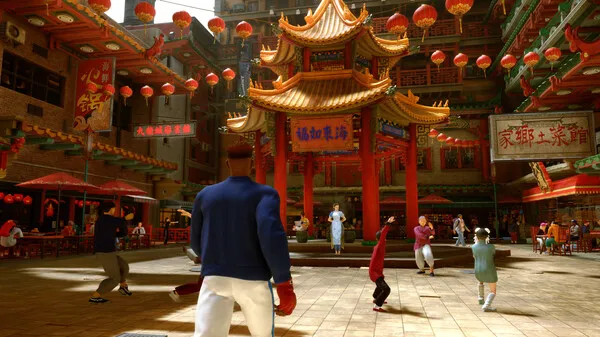
The Psychology of Balance
Balance isn’t just data. It’s emotion, perception, and community narrative.
When players lose to overpowered characters, they don’t blame themselves; they blame design. The outcry over JP’s zoning or Dee Jay’s pressure isn’t just about frame advantage — it’s about how fair it feels.
Capcom monitors player sentiment closely. Their patch notes reflect a new kind of balance philosophy: one where player emotion is as important as hitboxes.
The Esports Influence
The Capcom Pro Tour has transformed Street Fighter balance into an esports spectacle. Each patch before a major event can redefine the meta.
Professional players are both victims and architects of this balance cycle. Their discoveries set trends that shape public opinion. When someone like MenaRD dominates with Blanka, thousands imitate — forcing Capcom to reassess.
Esports ensures the game stays alive, but it also means balance must serve entertainment as much as fairness.
The Community’s Role in Evolution
No other fighting game has a community as vocal and analytical as Street Fighter’s. Frame data breakdowns, matchup charts, and lab testing happen within hours of a patch.
This collaborative scrutiny accelerates balance discovery — and exhaustion. Capcom’s designers now face a paradox: the faster the community optimizes the meta, the shorter each patch’s lifespan.
In many ways, the community is both Capcom’s best ally and greatest challenge.
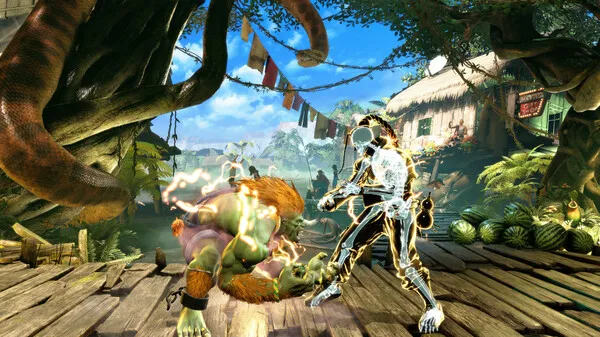
A New Balance Philosophy
Capcom’s modern approach embraces iteration over perfection. Rather than chasing static balance, they aim for dynamic stability — a system that evolves gracefully.
Future adjustments focus on playstyle expression rather than raw power. Underused mechanics like Drive Parry buffs or punish counter scaling offer depth without invalidating skill.
The goal is not equality — it’s equilibrium.
The Future of the Fight
As Street Fighter 6 grows, so will its contradictions. Each update brings clarity and chaos in equal measure. But maybe that’s the beauty of fighting games — the dance between chaos and control.
Capcom’s task is not to freeze the game in perfect symmetry, but to keep it alive in motion. Every nerf, every buff, every argument is part of a living tradition — one where the only true constant is the fight itself.
Conclusion
Street Fighter 6 is a masterclass in controlled chaos. Its balance isn’t about numbers but about identity — what it means to be a fighter in a system that rewards both mastery and adaptation.
Every patch, every tournament, every player adds a brushstroke to this portrait of evolution. In the end, Street Fighter 6 reminds us that balance isn’t a destination. It’s the fight that never ends.








